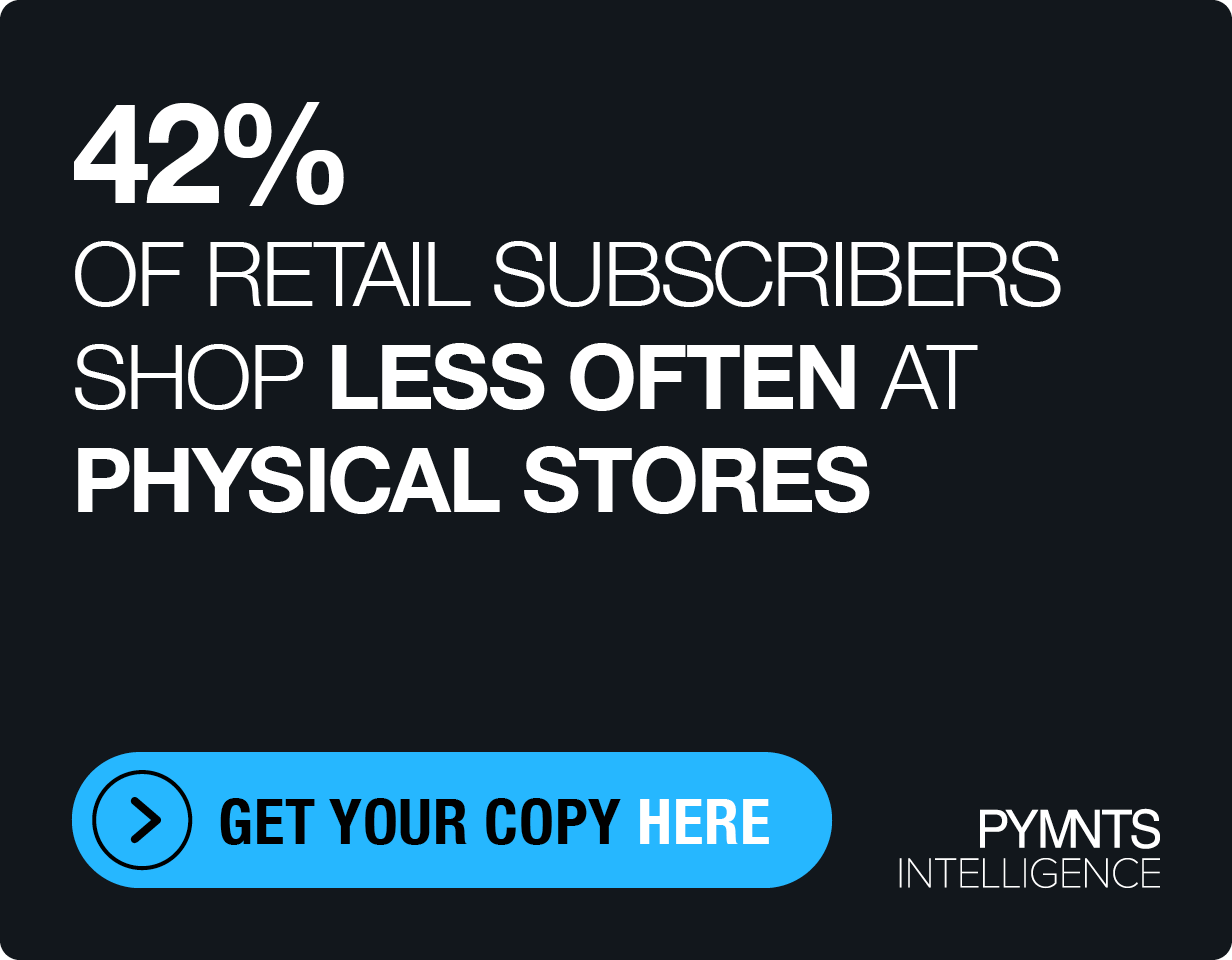Big Spenders: Digital Wallet Users Spend 31% More When Buying Retail and Grocery Products
![]()
Digital wallets, such as Apple Pay, Google Pay and PayPal, provide convenient and secure ways to complete online purchases. These wallets remove the cumbersome process of entering credit or debit card details at checkout. However, the adoption of digital wallets for in-store purchases has been slower. Usage in-store tends to be more prevalent among both younger and higher-income consumers.![]()
On average, digital wallet users spend more than nonusers, making them a potentially lucrative market segment. In November 2023, digital wallet users also spent 33% more, on average, on restaurant purchases than nonusers, 17% more on retail and 4% more on groceries. Data shows that the higher spending trends in these categories are consistent throughout the year. With this in mind, businesses may want to adjust their strategies.
These are just some of the findings detailed in “Tracking the Digital Payments Takeover: Can New Use Cases Drive Consumer Use of Digital Wallets?” a PYMNTS Intelligence and AWS collaboration. This report examines consumers’ increasing use of digital wallets as a payment method when making online and in-store purchases. We surveyed a census-balanced panel of 2,501 United States consumers between Nov. 14 and Nov. 26, 2023, to discover what they expect from digital wallets and to learn what drives them to use this payment method when completing online and in-store purchases.
Other key findings from our research include:![]()
Physical debit card usage for online purchases declined in November 2023, but usage via digital wallets is stable.
Debit cards remain prevalent as the underlying payment method in digital wallets. More than half of in-person retail and grocery digital wallet payments used debit as the underlying payment method in November 2023. Yet, paying via PayPal balance leads in online retail, surpassing debit.
Younger consumers tend to pay via a digital wallet at higher rates than older ones.
While 79% of Generation Z consumers use digital wallets, just 26% of baby boomers and seniors do so. Moreover, this share correlates with consumers’ payment method choice for their last purchase. Nineteen percent of Gen Z consumers used a digital wallet to pay for their most recent grocery purchases. In contrast, just 1.7% of baby boomers and seniors did so. Interestingly, the opposite trend is observed in credit card usage. The older the consumer, the higher the use of credit cards.![]()
Half of consumers want to use digital wallets for reasons other than convenience.
Fifty-one percent of consumers are interested in using this method for something other than convenience. This includes storing documents such as driver’s licenses and event tickets. Interest rises to 78% among Gen Z and 75% among millennials, with half of these younger consumers highly interested. Adults with children also show a relatively high level of interest. In addition, interest in using digital wallets in new ways rises with income, peaking at 59% among those annually earning more than $100,000.
Digital wallet providers that innovate features to meet younger consumers’ needs can capitalize on a not-to-be-missed business opportunity, retaining existing customers and attracting new ones. Download the report to learn how consumers use digital wallets when shopping online and in-store and their interest in using them for more.

